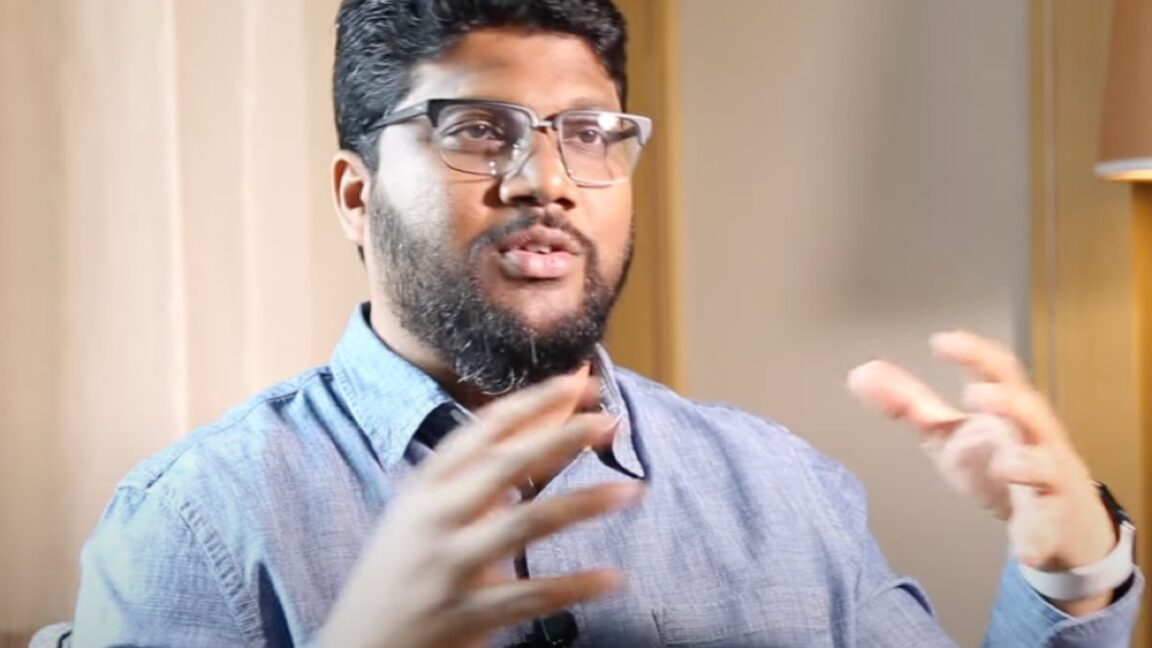University of Rochester physicist Ranga Dias made headlines with his controversial claims of high-temperature superconductivity—and made headlines again when the two papers reporting the breakthroughs were later retracted under suspicion of scientific misconduct, although Dias denied any wrongdoing. The university conducted a formal investigation over the past year and has now terminated Dias' employment, The Wall Street Journal reported.
Ars has been following this story ever since Dias first burst onto the scene with reports of a high-pressure, room-temperature superconductor, published in Nature in 2020. Even as that paper was being retracted due to concerns about the validity of some of its data, Dias published a second paper in Nature claiming a similar breakthrough: a superconductor that works at high temperatures but somewhat lower pressures. Shortly afterward, that paper was retracted as well. As Ars Science Editor John Timmer reported previously:
Dias' lab was focused on high-pressure superconductivity. At extreme pressures, the orbitals where electrons hang out get distorted, which can alter the chemistry and electronic properties of materials. This can mean the formation of chemical compounds that don't exist at normal pressures, along with distinct conductivity. In a number of cases, these changes enabled superconductivity at unusually high temperatures, although still well below the freezing point of water. Dias, however, supposedly found a combination of chemicals that would boost the transition to superconductivity to near room temperature, although only at extreme pressures. While the results were plausible, the details regarding how some of the data was processed to produce one of the paper's key graphs were lacking, and Dias didn't provide a clear explanation.The ensuing investigation cleared Dias of misconduct for that first paper. Then came the second paper, which reported another high-temperature superconductor forming at less extreme pressures. However, potential problems soon became apparent, with many of the authors calling for its retraction, although Dias did not. The university conducted a second investigation, announcing in March that it had concluded that Dias had committed research misconduct, although it did not make that report public. However, Nature News talked to Dias' grad students and learned he told them that the key data came from before he had set up his own lab, which, he argued, explained why they weren't aware of it. But for the second paper, the students were more aware that the results didn't match up with experiments and, in at least one case, suggested Dias clearly misrepresented his lab's work. (Most notably, the paper claimed to have synthesized a chemical that the students say was simply purchased from a supplier.) Nature News also managed to access the peer-reviewed evaluations of Dias' two papers. Both papers required several rounds of revision and review before being accepted. Even then, reviewers were ambiguous at best about whether the paper should be published. It was an editorial decision by Nature to go ahead with publication despite those reservations.


